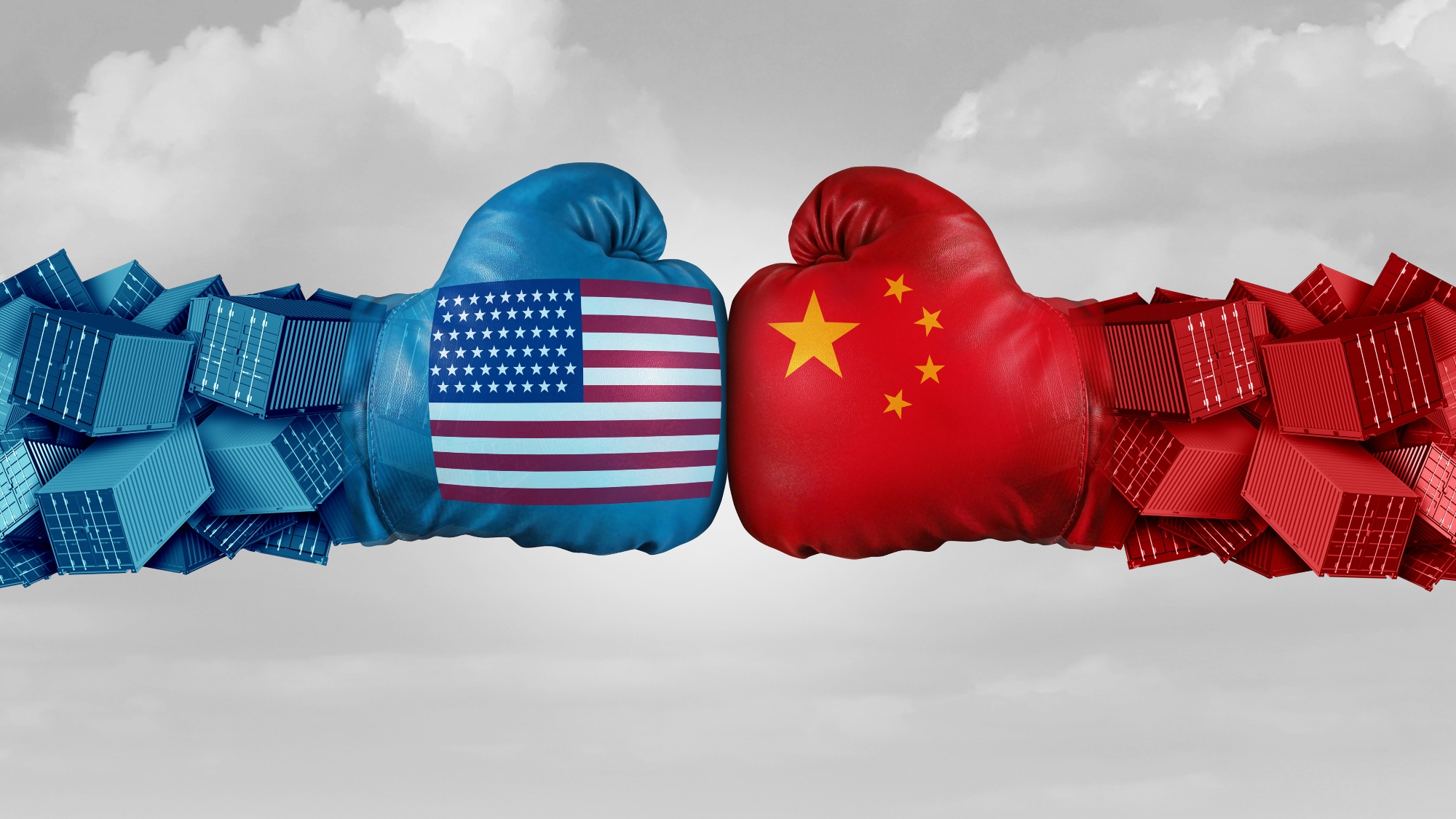Global Sourcing from China: Insights from a Recent Visit – China Part 1
Not so long ago, a strong American market nationalism and anti-communist sentiment made it socially sensitive for US companies to purchase goods from China. These days, purchasing Chinese goods may be a necessity for American companies to survive in certain industries. Many major American companies already have a stake in Chinese-made goods, from sourcing relationships to joint ventures and direct investment in Chinese factories. China has received $600 billion in foreign investment in the last two decades, and half of China’s $266.2 billion in exports in 2001 came from foreign manufacturers or their joint ventures (1). And in the period of May to October 2002, imports to the US from China were greater than those from Japan (1).
The bulk of outsourcing to achieve labor savings today appears to be going to China. China’s admission to the World Trade Organization in January 2005 increased its appeal for outsourcing labor by locking in lower duties for products it exports. Japanese management consultant Kenichi Ohmae compares China’s emergence as a manufacturing colossus to Japan’s spectacular postwar industrial boom, the rise of America’s economy in the early 1900s or even the dawn of the Industrial Revolution in Britian (2). The new heft of China’s economy is most keenly felt in Asia, where the Chinese mainland has swallowed up $321 billion, or 45 percent, of the $719 billion in direct foreign investment flowing into the region since 1990. Companies currently producing in China include General Motors, Motorola, Solectron, Dell, Ford, Daimler Chrysler, Toshiba, Sony, Matsushita, Canon and many others.
Competition from China has ravaged the Japanese textile industry and threatens to wipe out producers of farm goods. In addition, many Japanese electronics giants have announced plans to shed tens of thousands of workers at home. Toshiba President Tadashi Okamura notes, “We recognize that there are concerns in Japan about jobs moving to China, just as there were concerns in America 15 years ago about jobs moving to Japan. But a shift of some sort is inevitable. China is a huge market, and it offers an enormous pool of excellent workers. We have to find a way to coexist.” Teizo Togawa, general manager of Japanese towel maker Ichihiro Co.’s Dallian plant also notes, “The competition for jobs is really brutal here, so people are far more serious about their work. In Japan, we have to promise workers jobs for life and pay them based on seniority. But no one even thinks about that here. Workers in China believe in merit.”
The impact of the WTO on imports to the US will have a major impact, especially in terms of the growth of the Chinese economy. As can be seen, China stands to grow its market in apparel to 50% of global market share – an enormous impact.
In the next set of “From the Director” articles, I will describe some observations and a set of benchmark data collected from Fortune 500 companies working in China, to paint a picture of the current set of capabilities and risks associated with sourcing channels in China. Although these assessments are based on observation and data collection mechanisms from a small sample of companies, they provide an important set of insights to companies who are in the process of developing global sourcing channels from China, and provide guidelines as to how to mitigate the potential risks of sourcing in China.
In creating this assessment, we applied the model developed by the Supply Chain Council for assessing supply chains, namely the Supply Chain Operating Reference model (SCOR).

As shown in the figure above, the SCOR model consists of five major processes associated with supply chain management, primarily PLAN, SOURCE MAKE, DELIVER, and RETURN. We have also added another element to this framework – that of DESIGN – the new product development process. We discuss the key attributes of Chinese sources and challenges in each of these areas, and develop a consensus of the key attributes in each of these areas.
In developing these assessments and collecting data, we spent five days in a highly interactive seminar with 25 executives representing major Fortune 500 companies in Shanghai, China. We performed supply chain maturity assessments with each of the respondents prior to the seminar, and each day discussed aspects of each of the five SCOR elements, with an in-depth discussion of responses to the SCOR maturity assessment model. The responses were validated, and were found to be accurate. Specific examples of projects that the participants were undertaking as a result of the session discussions were recorded, and classified into each of the different maturity model assessments. In this manner, we were able to capture both quantitative and qualitative assessment of the current Chinese manufacturing environment, and identify challenges and issues associated with global sourcing from China. The quantitative assessments were compared against a similar database of US-based companies, collected over the past five years, using the same dataset and questions. The comparison of the average Chinese responses to the US company responses are shown below.

References:
(1) Leggett, Karby, and Wonacott, Peter, “The world’s factory: Surge in exports from China jolts global industry – from cheap to cutting-edge, deluge of goods rewrites book on business strategy – price pressure on US griddles,” Wall Street Journal, Oct. 10, 2002.
(2) Chandler, Clay, “A Factory to the World”, Washington Post Foreign Service, November 25, 2001, p. A01.
- Categories:


